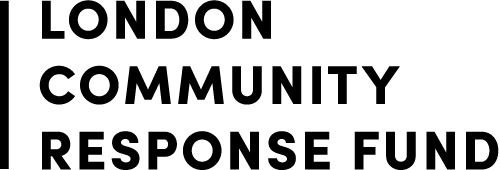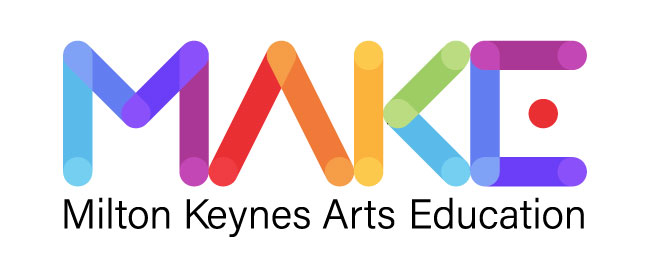10 Top Tips: How to teach maths through the performing arts
|
Each academic year we are reminded of the importance of Maths in the primary curriculum, as the news is flooded with KS2 SATs results. A recent article in The Guardian’s online publication helpfully illustrates the national trends, presenting children’s Maths (and literacy) results using percentages, numbers and coloured bar charts; it seems strangely fitting that a decent grasp of the fundamental principles of maths is required to understand such an article! Finding practical applications for maths, is key to understanding the importance and relevance of the subject, and enthusing your students. In fact, when you start looking for Maths in everyday life, and in other subjects, you find it everywhere. As an experienced performing arts educator, I love to find the links from maths to music, drama and movement, and this cross-curricular approach greatly helps to deepen children’s understanding, and strengthen their learning. Additionally, it gives the children’s confidence and enthusiasm for maths a huge lift, as it gives those who don’t excel in more traditional lessons a real opportunity to shine, which in turn yields better test results. These ten tips for teaching Maths through the arts at primary level are designed to give teachers a boost, and help ensure that the pressure of SATs doesn’t suck the life out of the subject. You don’t have to be a trained performer to use the ideas below, and with any luck, they may help push your results graph a little further up the y-axis! 1. Put some glitz into mental maths. Solving maths problems in your head is a vital skill, but can sometimes seem dry and purposeless. Try setting a context for such activities. Find a sparkly jacket, some backing music, and turn it into a game show, with real or imagined prizes. Perhaps you are the head of ‘secret services’ and your class must solve 10 problems in 5 minutes to diffuse a bomb! 2 Maths role-play. A good whole-school approach is to spend a half-term with a bespoke maths topic provided by the children. Ask the children what interests them (without making any link to maths at this stage) then find the maths within that topic. Something is bound to come up with real potential; if your class is keen on football, the transfer market could be a good model; if they love Harry Potter, you could look at the budget and how the film was financed. This is where the arts come in, as this approach yields some fantastic role play opportunities; haggling on the transfer market, or pitching a film budget to producers. 3. Using songs to make it stick. Songs and chants not only aid the children’s core music skills, but they stick in the memory and can help children remember maths facts. The times tables are often taught in this way, but you could change the words to any song to incorporate other maths facts, or methods of solving maths problems. Singing also helps build a lovely group dynamic. There are plenty of examples online you could try, from very simple counting songs, to more ambitious pieces highlighting the rules of transformations around an axis! Take a look at YouTube or SingUp for fantastic resources. 4. Use the physical as well as the visual. Visual representations greatly help children’s understanding of quantity, shape, measures, and a host of other mathematical concepts, but don’t forget the physical, kinaesthetic element. Can the children create angles or shapes in the body? Standing children up side by side to represent place and value in longer numbers can greatly help illustrate the concept, and is also a dynamic, enjoyable experience for the children. 5. Dancing maths. Continuing the kinaesthetic theme, perhaps try asking the children to use the geometric principles they have learnt concerning angles, mirroring, rotation, as the basis of a dance. Try taping the x and y axis to the hall floor, and give the children co-ordinates as a starting point for their dance. Perhaps they then create three gestures, recreating specific angles or shapes, before rotating clockwise as a group to the corresponding co-ordinate the other side of the axis. Again, this gives an enjoyable, practical application to their knowledge, which will reinforce the learning, and make everything easier to remember. A good backing track also helps!
You can read the final 5 tips in the second blog post of this series here. Written by Stuart Barter, Artis Mentor Leader |
30 Sep 2013 |
















